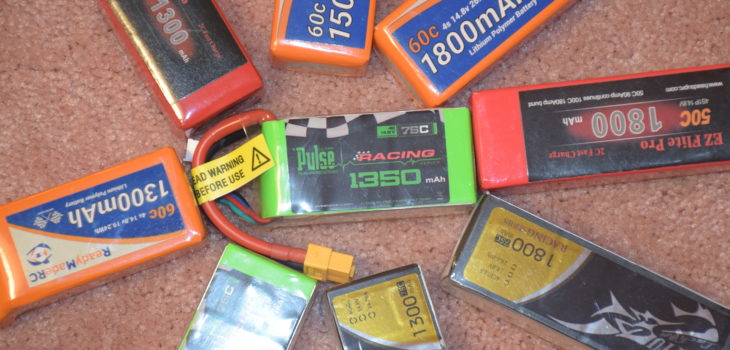This is just a brief write up describing the methodology used when testing some of the Lithium Polymer batteries you see posted on this website. I must state that I am no way affiliated with any company and all batteries have been purchased at full retail prices by me – unless otherwise stated in the battery test.
Also these tests performed here will NOT contain any opinions about which battery may be better than another. The conclusion from each test is left up to the reader to decide. It is my goal that this information can be helpful when purchasing a lithium polymer battery for you FPV quad or other RC related project!
Here are the data points I’ll be collecting during each battery test and a short description of each:
- 80% discharge time.
- The time it takes for the battery to be discharged to approximately 80% of it’s stated capacity
- Mah Used
- The Milliamp hours consumed during the test. Normally this would be very close to 80% of it’s rated capacity.
- Watt Hours
- This measures the amount of “work” performed by the battery during the test
- No Load Volts
- The starting voltage of the battery pack before the test begins.
- Start Amps – Loaded
- The starting amp load placed on the battery at the beginning of the test. As the test is carried out this will diminish somewhat. This is usually around 35 amps.
- Start Volts – Loaded
- The voltage of the battery approximately 10 seconds into the test – once the voltage sag has somewhat stabilized.
- Internal Resistance
- This value will be calculated from the values above. This represents the internal resistance of the battery near the beginning of the test. IR is the reluctance of the flow of electricity from the battery. The higher this number the warmer the battery will usually become.
- Temperature
- Temperature of the battery after the test has concluded.
Finally a graph from LogView will be included that shows the voltages as the test is performed. I’m using the Cell Log 8S to log this data using the LogView Program in real-time as the test is performed.
